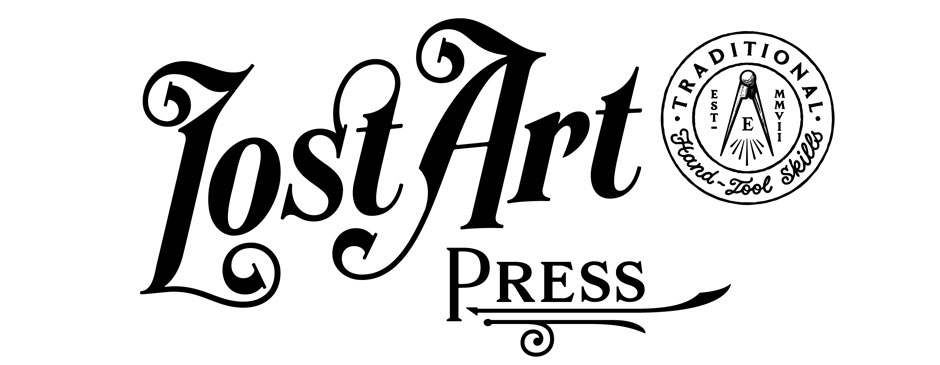
We are fast closing in on the publication date of the classic book “Welsh Stick Chairs” by John Brown. This compact book has had a profound effect on woodworkers and designers all over the world. It is the story of a chair that no one had a good name for. And how that chair changed the life of John Brown.
It’s impossible to capture the essence of the book in one blog entry – it’s part history lesson, part autobiography and part practical manual. But the following passage is one of my favorites.
“Welsh Stick Chairs” is available for pre-publication order now in our store. It’s $29, which includes domestic shipping. Full details on our quality edition can be found here.
— Christopher Schwarz
One day I saw a chair in the window of an antique shop in Lampeter. It was like a vision. I had never seen anything that had made so instant an impression on me. To my eyes this chair was beautiful. I had never had any interest in furniture or chairs. Like most people they were just the things you lived with. Now here was this lovely chair. I couldn’t afford to buy it, but I could make one like it. Well, that is what I did. I made one. It took a long time. Chairs of simple form like the stick chair are surprisingly tricky to make. When you’re building them you have to work from points in the air, angles of sticks, angles of legs; there are so many variables. Anyway, I was quite proud when I finished my chair. It looked alright. Of course, I wasn’t able to put a century or two of patina on it. Now, twelve-years-old, it begins to look right. Family “treatment” and a few thousand hours of bum polishing have done the trick!
At this stage I was interested enough to look for books on the subject. There are quite a few, both American and English. I still hadn’t realised that what I had seen in that Lampeter shop was something quite rare and unique – a Welsh chair. Then it was just a Windsor chair. I went to museums. I visited High Wycombe where there is a museum devoted entirely to Windsor chairs. They have a very comprehensive selection of Wycombe factory chairs and English regional chairs. I don’t think there were any Welsh chairs. The English chairs did not have the same spontaneity the same verve as their Welsh counterparts.
I enjoyed my youth. After the valleys I thought England was wonderful. The war started and we could not live in London, and through a series of events of which I have no knowledge, we ended up with a small-holding in the wilds of Kent. (There were wilds in Kent in those days!) We had no electricity, gas or sanitation, we grew much of our own food and kept chickens and a pig. We didn’t realise it then, but we were living the ‘Good Life’. We made few demands on the world’s resources, and I was happy. So, as the Lampeter chair was one step towards my rehabilitation, the building of a tin shed in a field I bought, and a change to the simple life, completed my return. I live very happily without electricity or any other services. I have a workshop, a wood stove and good health. There’s a saying applied to yachts, which applies equally to life, “Add lightness – and simplify.”
A neighbour asked me to build him a chair like mine. I tried to – but it came out different. It was alright, but it wasn’t the same chair. My neighbour was pleased. He has the chair now, he keeps it in the bookshop he owns. It then occurred to me that the reason for the diversity of pattern in the old Welsh chairs was that the makers did other things as well. They were not chair-makers as such, they were wheelwrights, coffin-makers, carpenters, even farmers. When there was need for a chair, somebody in the village made it, or they made their own. They didn’t have patterns and jigs for continuous production. They had no consistent supply of uniform material. They used their eyes and their experience. It was like a sculptor doing his work, they ‘thought’ the chair, then they built their ‘think’. Some of these chairs are a disaster to sit on, most uncomfortable, but they all have a kind of primitive beauty.
— John Brown












